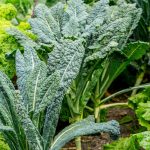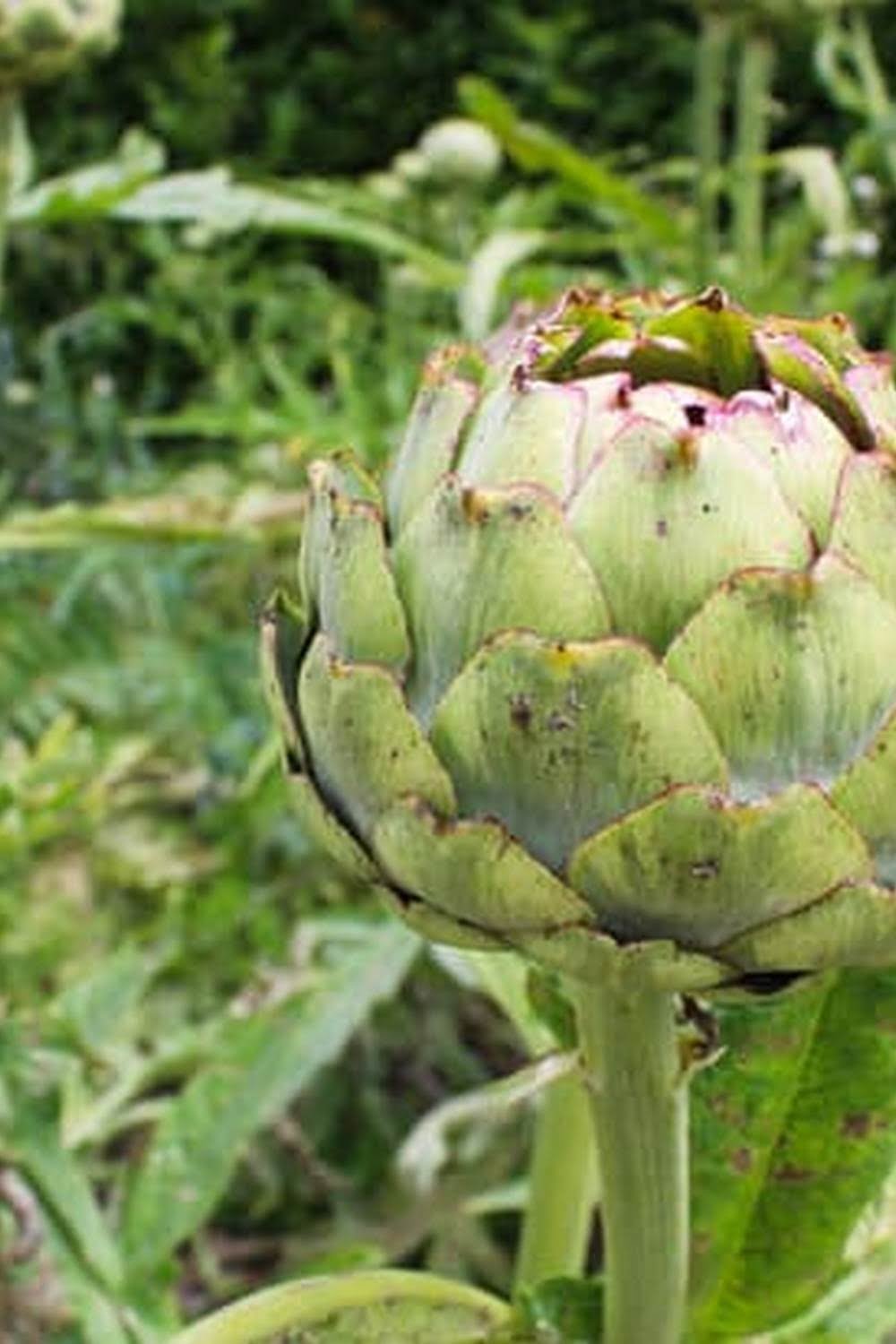Amending red clay for vegetable gardening can be a daunting task, but with the right knowledge and techniques, it is definitely achievable. Red clay soil is known for its dense, heavy texture and poor drainage, which can pose challenges for growing vegetables. In this article, we will delve into the various methods and strategies for improving red clay soil to create an ideal environment for successful vegetable gardening.
Before diving into the solutions for amending red clay soil, it is essential to understand the characteristics and challenges associated with this type of soil. From its dense nature to poor drainage and nutrient deficiencies, red clay soil presents unique obstacles that need to be addressed in order to create a suitable environment for vegetable growth.
One of the crucial steps in amending red clay soil for vegetable gardening is conducting a thorough soil test to determine its pH level and nutrient deficiencies. Once the analysis is complete, you can then proceed with adding organic matter, utilizing soil amendments, mulching, using raised beds, selecting appropriate crops, and implementing maintenance practices tailored to the specific needs of red clay soil.
By following these methods outlined in this article, you can transform your red clay soil into a thriving garden bed for healthy and abundant vegetable production.
Soil Testing
Importance of Soil Testing
Soil testing is an essential step in understanding the composition of red clay soil and identifying any nutrient deficiencies or imbalances that could affect the growth of your vegetable garden. The pH level of red clay soil can often be too acidic, which can impede the uptake of essential nutrients by plants. Conducting a soil test will allow you to make informed decisions about the amendments needed to create an optimal growing environment for your vegetables.
Steps for Conducting a Soil Test
The first step in conducting a soil test is to obtain a soil testing kit from a local gardening center or agricultural extension office. Follow the instructions provided in the kit to collect samples from various areas of your garden, making sure to gather separate samples from different parts of the growing area.
Once collected, send the soil samples to a reputable laboratory for analysis. The results will indicate the pH level and any nutrient deficiencies present in the red clay soil.
Interpreting Soil Test Results
Upon receiving the soil test results, pay close attention to the pH level and nutrient levels identified in the report. If the pH level is too low (indicating high acidity), it may be necessary to add lime to raise the pH and restore balance to the soil.
Additionally, based on any nutrient deficiencies uncovered in the report, specific amendments such as compost, organic fertilizers, or mineral supplements can be incorporated into the red clay soil to address these limitations and create an optimal environment for successful vegetable gardening. Understanding how to amend red clay for vegetable gardening through proper soil testing is key to achieving healthy plant growth and bountiful harvests.
Organic Matter
Types of Organic Matter
There are various types of organic matter that can be added to red clay soil to improve its quality. Compost, well-rotted manure, and cover crops are excellent choices for adding organic matter to the soil. These materials break down over time, releasing essential nutrients and improving the soil’s ability to hold moisture and oxygen.
Application Methods
When adding organic matter to red clay soil, it is important to incorporate it thoroughly into the top layer of the soil. This can be done by tilling the organic matter into the soil or using it as a top dressing. For raised beds or container gardening, mixing organic matter with existing potting mix or garden soil can also enhance the growing conditions for vegetables.
Benefits of Adding Organic Matter
The addition of organic matter to red clay soil offers numerous benefits for vegetable gardening. It improves drainage and aeration, reduces compaction, and increases microbial activity in the soil. Organic matter also acts as a natural fertilizer, providing essential nutrients for healthy plant growth. Furthermore, it helps retain moisture in the soil, reducing water requirements and promoting overall plant health.
By understanding how to amend red clay for vegetable gardening with organic matter, gardeners can significantly improve their chances of success when growing vegetables in challenging soil conditions. Incorporating organic matter into red clay soil is an effective way to create a fertile and productive environment for cultivating a wide variety of vegetables.
Soil Amendments
Red clay soil is known for its dense and compact nature, making it a challenging medium for vegetable gardening. However, with the right approach, it is possible to improve the quality of red clay soil and create a suitable environment for growing vegetables. One of the key steps in amending red clay soil is through the use of soil amendments. These amendments help to enhance the structure and fertility of the soil, making it more conducive for plant growth.
When considering how to amend red clay for vegetable gardening, one of the most effective methods is to add organic matter to the soil. Organic matter such as compost, peat moss, and aged manure can significantly improve the texture and nutrient content of red clay soil. Compost is especially beneficial as it adds essential nutrients to the soil while also improving its drainage and aeration properties.
Peat moss helps in loosening up the compacted clay particles, allowing for better root penetration and water retention. Additionally, incorporating sand into red clay soil can help improve its drainage and reduce compaction.
It’s important to note that when adding these amendments to red clay soil, it may take time to see noticeable improvements. Regularly incorporating organic matter over time will gradually transform the quality of red clay soil, making it more suitable for successful vegetable gardening.
| Soil Amendment | Effect on Red Clay Soil |
|---|---|
| Compost | Increases nutrient content; improves drainage and aeration |
| Peat Moss | Loosens compacted particles; enhances water retention |
| Sand | Improves drainage; reduces compaction |
Mulching
One of the main benefits of mulching in red clay soil is its ability to retain moisture. By covering the soil with a layer of organic materials such as straw, bark, or leaves, mulch helps reduce evaporation and maintain consistent moisture levels around the plant roots.
This is especially important in red clay soil, which tends to dry out quickly and become compacted, affecting the growth of vegetables. Additionally, mulch acts as insulation, protecting the soil from extreme temperatures and retaining heat during colder months.
In addition to retaining moisture, mulching also helps prevent soil erosion in red clay soil. The dense and heavy nature of red clay makes it prone to washing away during heavy rains or watering, leading to nutrient loss and instability for growing vegetables.
Mulch serves as a protective barrier, reducing the impact of raindrops on the soil surface and minimizing runoff. As a result, mulching can help maintain the integrity of the soil structure and reduce erosion, providing better conditions for vegetable plants to establish strong root systems.
Another advantage of using mulch in amending red clay soil for vegetable gardening is its ability to suppress weed growth. Weeds can compete with vegetable crops for essential nutrients and water, posing a challenge in maintaining a healthy garden. By covering the soil with mulch, weed seeds are less likely to germinate and grow, reducing the need for manual weeding and promoting a cleaner planting area for vegetables.
| Mulching Benefits | Data |
|---|---|
| Retaining Moisture | Reduces evaporation and maintains consistent moisture levels around plant roots |
| Preventing Soil Erosion | Acts as a protective barrier against runoff and reduces impact of raindrops on the soil surface |
| Weed Suppression | Reduces weed growth by inhibiting germination and promoting a cleaner planting area for vegetables |
Raised Beds
Raised beds are an excellent option for vegetable gardening in red clay soil, offering several advantages over traditional in-ground planting. Here are some key reasons why raised beds can create a suitable environment for growing vegetables in red clay soil:
1. Improved Drainage: Red clay soil is notorious for its poor drainage, leading to waterlogged conditions that can harm vegetable plants. By using raised beds, you can ensure better drainage as excess water can drain away more easily.
2. Soil Aeration: Red clay soil tends to become compacted, which hinders root growth and nutrient uptake by plants. With raised beds, you can add well-draining soil mixtures and amendments to improve aeration and create a more favorable growing environment for vegetables.
3. Temperature Control: In regions with fluctuating temperatures, red clay soil may not retain heat well enough for optimal vegetable growth. Raised beds allow for better temperature control, warming up faster in the spring and maintaining warmth during cooler periods.
To effectively utilize raised beds in red clay soil for vegetable gardening, consider the following tips:
By implementing raised beds in your vegetable garden on red clay soil, you can overcome many of the challenges associated with this soil type and create an optimal environment for growing healthy and productive vegetable crops.
Crop Selection
When considering vegetable gardening in red clay soil, it is important to choose crops that are well-suited to the unique characteristics of this type of soil. While red clay soil can be challenging, there are several vegetable crops that thrive in this environment and can produce a bountiful harvest with the right care and maintenance.
Here are some recommendations for vegetable crops that thrive in red clay soil:
1. Tomatoes: Tomatoes are a popular choice for growing in red clay soil. They require well-drained soil, which can be achieved by adding organic matter such as compost or peat moss to the soil. Tomatoes also benefit from consistent watering and regular fertilization throughout the growing season.
2. Squash: Varieties of summer squash, such as zucchini and yellow squash, can do well in red clay soil. These vegetables have a high water requirement, so it is important to ensure adequate moisture levels in the soil. Using raised beds can also help improve drainage for squash plants.
3. Beans: Both bush and pole beans can thrive in red clay soil. Adding organic matter to the soil will help improve its fertility and structure, while mulching around bean plants can help retain moisture and prevent erosion.
4. Okra: Okra is a heat-loving vegetable that does well in red clay soil. It is important to plant okra in an area with full sun exposure and to provide consistent watering during dry periods.
5. Peppers: Bell peppers, hot peppers, and other varieties of peppers can be successfully grown in red clay soil with proper amendments and maintenance practices like regular fertilization.
By selecting these vegetable crops and implementing suitable strategies for planting and maintenance, gardeners can overcome the challenges of red clay soil and enjoy a successful harvest from their vegetable gardens.
Maintenance Practices
In conclusion, amending red clay soil for vegetable gardening requires a multifaceted approach that addresses its unique challenges. By understanding the characteristics of red clay soil and conducting a soil test, gardeners can gain valuable insights into its pH level and nutrient deficiencies.
Adding organic matter such as compost and peat moss can significantly improve the structure and fertility of red clay soil, while the incorporation of soil amendments like sand can aid in enhancing its drainage and aeration. Additionally, mulching is an effective way to retain moisture and prevent soil erosion in red clay soil, helping to create a more hospitable environment for vegetable growth.
Furthermore, utilizing raised beds provides an opportunity to create an optimal growing environment for vegetables in red clay soil. It allows for better control over the soil conditions, including improved drainage and warmer temperatures during cooler months. Selecting suitable vegetable crops that thrive in red clay soil is also crucial for successful gardening, with proper planting and maintenance practices being essential for their overall health and productivity.
Overall, while gardening in red clay soil presents its own set of challenges, following the guidance on ongoing maintenance tasks such as watering, fertilizing, and pest control will help ensure a successful vegetable garden. By implementing these strategies properly, gardeners can overcome the limitations of red clay soil and cultivate thriving vegetable crops year after year.
Frequently Asked Questions
How Do You Amend Red Clay Soil?
Amending red clay soil involves adding organic matter such as compost, manure, or peat moss to improve its texture and drainage. This can help break up the compacted soil and provide nutrients for plants to thrive.
Can You Grow Vegetables in Red Clay Soil?
Yes, you can grow vegetables in red clay soil with the right amendments and care. It may require more effort to improve the soil quality, but many vegetables can still be successfully grown in red clay soil with proper preparation and maintenance.
How Do You Prepare Clay Soil for Vegetables?
To prepare clay soil for vegetables, start by testing the pH levels and nutrient content of the soil. Then, add organic materials like compost or well-rotted manure to enhance its fertility and structure. Consider raised beds or using mulch to further improve drainage and aeration for healthy vegetable growth.

If you’re looking to get into vegetable gardening, or are just looking for some tips on how to make your current garden better, then you’ve come to the right place! My name is Ethel and I have been gardening for years. In this blog, I’m going to share with you some of my best tips on how to create a successful vegetable garden.





